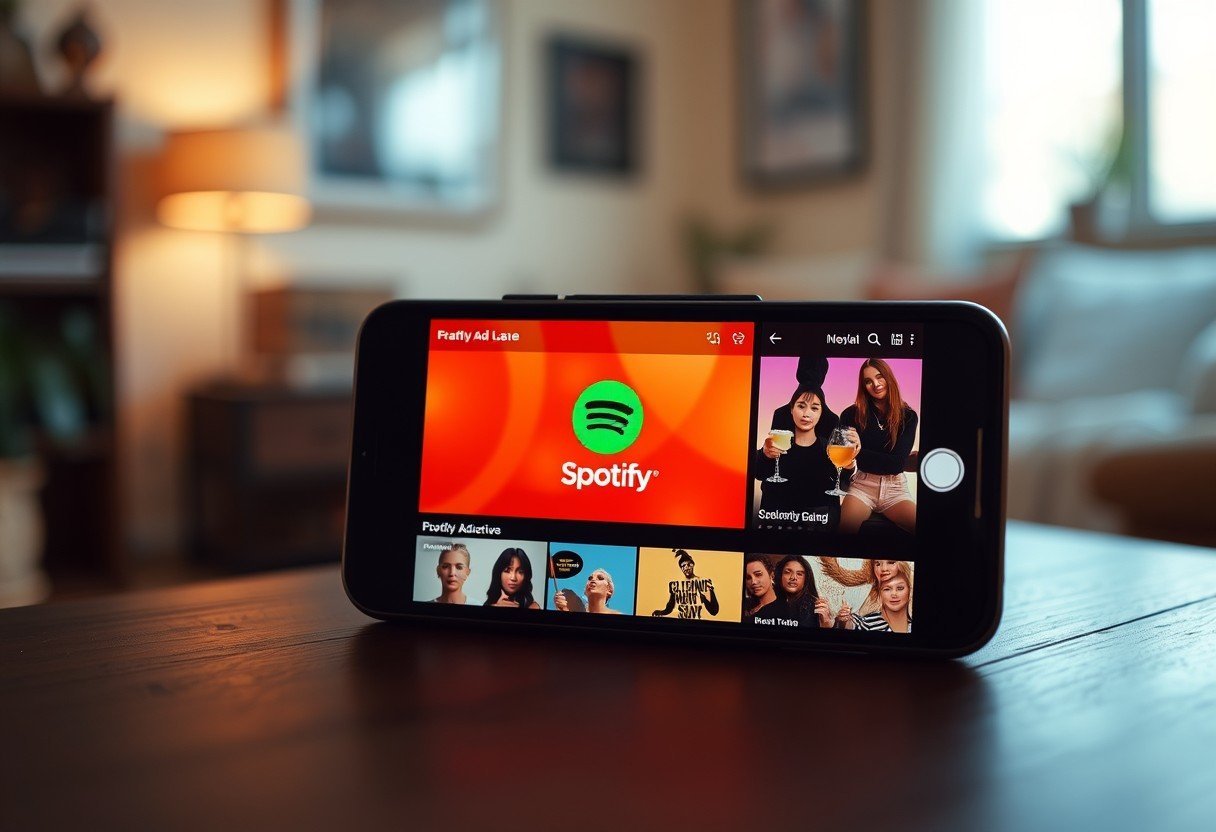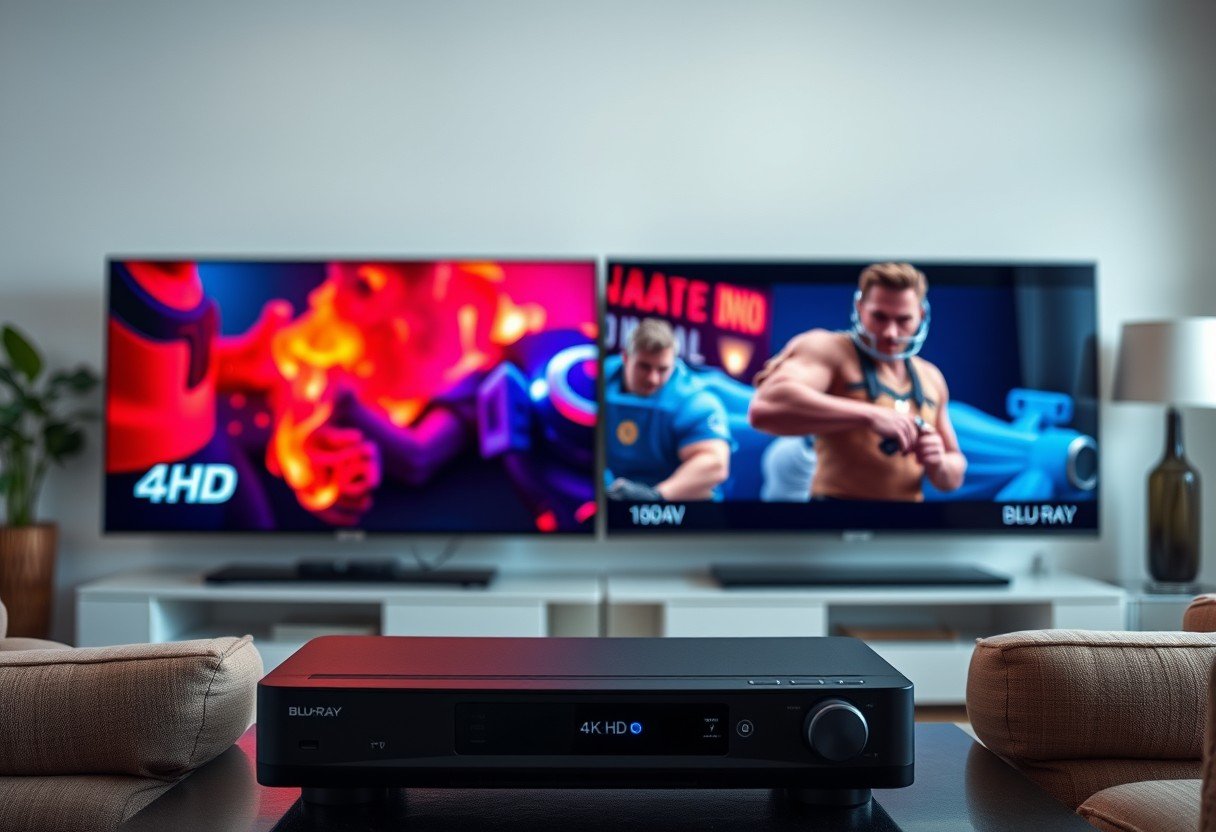Spotify users often question why there are so many ads interrupting their listening sessions. Spotify’s ad-supported model is at the core of its business, balancing free access for millions with revenue generation needed to license music, develop new features, and sustain the platform. Understanding the purpose and impact of these ads helps you make better choices about how to enjoy Spotify to the fullest.
Understanding Spotify’s Business Model
Spotify’s business model is a blend of free and paid options. The free tier is supported by advertising, making it possible for users to listen to music at no cost. This approach helps Spotify attract a wide audience. The premium subscription, on the other hand, offers an ad-free experience with extra features like offline listening and improved sound quality. This dual offering allows Spotify to serve different needs and budgets, expanding its reach globally.
Spotify’s free service is crucial for growth because it removes barriers for new users. By letting people try the platform without financial commitment, Spotify increases its chances of converting free listeners into paying subscribers over time. This freemium model has become the standard in music streaming, helping Spotify stay ahead of competitors.
The presence of ads in the free version isn’t just a minor inconvenience—it’s a pillar of Spotify’s ability to offer a vast music library to millions of users for free. For those who value uninterrupted listening, the premium option offers a seamless upgrade path.
Why Does Spotify Use So Many Ads?
Ads on Spotify are not just random interruptions; they are carefully designed to support the platform’s operations. Licensing music from record labels and artists is expensive. Advertising revenue helps cover these costs without charging all users.
There are several reasons Spotify relies on frequent ads:
- Revenue Generation: Ads provide a steady income stream from free users.
- Subscription Promotion: Ads remind users of the benefits of upgrading to Premium.
- Supporting Content Diversity: Ad revenue funds exclusive content, podcasts, and playlist curation.
Without ads, Spotify would have to limit its free music library or raise fees for premium users. The current system lets everyone enjoy music, even if they can’t afford a subscription.
The Types of Spotify Ads and How They Work
Spotify uses a variety of ads to reach its audience. Each format is chosen for its effectiveness in engaging listeners or viewers. Here’s a quick table explaining the main ad types:
| Type of Ad | Description |
|---|---|
| Audio Ads | Short commercials played between songs, usually 15-30 seconds long. |
| Display Ads | Images or banners that show up on the app’s interface while you browse or listen. |
| Sponsored Sessions | Watch an interactive ad for 30 minutes of ad-free listening. |
| Video Ads | Short promotional videos that users can watch for rewards or information. |
| Podcast Sponsorships | Advertisements played within podcast episodes, often read by hosts. |
Each ad format is built to maximize attention and provide value to advertisers. For users, these ads fund free access to music and podcasts, but the frequency can vary based on your listening habits.
How Ads Affect User Experience
For many, the biggest downside of Spotify’s free tier is the interruption caused by ads. Ads can break the flow of a playlist, especially during workouts, study sessions, or social gatherings. While Spotify aims to keep ads short and relevant, repeated breaks can make the experience less enjoyable compared to the premium tier.
Spotify gathers feedback through surveys and app usage data to fine-tune ad frequency. Most users hear around 2-3 minutes of ads per hour, but this can change depending on region, listening time, and advertiser demand. Spotify tries to avoid repeating the same ad too often, but the balance isn’t perfect for everyone.
Still, the option to listen for free remains a huge draw. The ability to discover new music without a subscription, even with ads, is something many users value. For those who want uninterrupted listening, the jump to premium is always available.
Spotify’s Approach to Targeted Advertising
Spotify stands out because it uses listener data to deliver targeted ads. The platform collects information like age, location, listening habits, and device type. Advertisers use this data to reach specific groups, making ads more relevant and engaging.
This targeting benefits both Spotify and advertisers. Relevant ads are more likely to catch your attention and less likely to feel intrusive. At the same time, advertisers get a better return on their investment. According to Spotify, targeted ads can boost engagement rates by up to 30% compared to non-targeted ads.
However, some users are concerned about privacy. Spotify follows strict privacy rules and gives users control over their data, but targeted advertising remains a key part of its business model. It’s a trade-off: more relevant ads in exchange for some personal data.
How Spotify Compares to Other Streaming Services
Spotify isn’t the only music streaming service with ads, but its approach is unique. Here’s how it compares to major competitors:
- Pandora: Also uses a free, ad-supported tier, but often interrupts more frequently.
- Apple Music: Offers only a paid subscription with no ads at all.
- YouTube Music: Supports free listening with ads and a paid, ad-free option.
Spotify’s strength lies in its balance between free access and paid perks. Its massive music library, curated playlists, and podcast collection set it apart, but the use of ads is more aggressive than some rivals. This is partly because Spotify’s global reach and licensing costs are higher, demanding more revenue to stay competitive.
As the streaming market grows, Spotify continues to refine its ad experience to keep users happy while attracting advertisers. The competition drives innovation, including new ad formats and smarter targeting.
Ways to Minimize or Avoid Ads on Spotify
If you’re tired of ads on Spotify, there are several legitimate options to reduce or eliminate interruptions. The most straightforward solution is upgrading to Spotify Premium, which removes all ads and unlocks extra features. Premium plans are available for individuals, families, students, and even couples, each tailored to different needs and budgets.
For those unable to pay, Spotify sometimes offers promotions like free trials or discounted rates for new users. Additionally, sponsored sessions let you watch a video ad in exchange for 30 minutes of ad-free listening. This can be a good compromise for occasional users.
While some people look for ad-blockers or unofficial apps, these methods violate Spotify’s terms and risk account bans. Supporting the platform through ads or subscriptions helps Spotify continue offering music to millions around the world.
The Future of Advertising on Spotify
Spotify is always looking for ways to improve the user experience while generating enough revenue to grow. In the future, expect to see more personalized and interactive ad formats, such as polls, quizzes, and augmented reality experiences. These innovations could make ads less disruptive and even enjoyable for some users.
Spotify also plans to expand its podcast and video offerings, bringing in new advertising opportunities. As digital advertising evolves, Spotify’s approach will likely adapt, balancing user needs with business goals. User feedback will play a central role in shaping these changes.
For now, the freemium model remains the foundation of Spotify’s success, allowing millions to access music for free while giving those who want more the chance to upgrade.
Frequently Asked Questions
Why does Spotify have so many ads on its free tier?
Spotify uses ads to support the costs of music licensing, app development, and artist payments. The ads allow users to listen for free, making music accessible for everyone while still generating revenue for the company.
Can I choose what ads I hear on Spotify?
Currently, you can’t select specific ads, but Spotify targets ads based on your interests, location, and listening habits to make them more relevant. Sponsored sessions let you choose to watch a video ad for a period of ad-free listening.
Do Spotify ads repeat often?
Spotify tries to limit ad repetition, but frequency depends on your listening time, advertiser inventory, and regional factors. Some users may notice repeated ads, especially during high-demand periods.
Is using an ad blocker allowed on Spotify?
No, using ad blockers goes against Spotify’s terms of service. Accounts using such tools risk being suspended or banned. Supporting the platform through ads or a premium subscription is the best way to enjoy Spotify legally.
Will Spotify ever remove ads from its free version?
It’s unlikely. Ads are a key revenue stream for the free tier. However, Spotify continues to improve the ad experience and may introduce new options for users to manage ad frequency or relevance in the future.








Leave a Comment